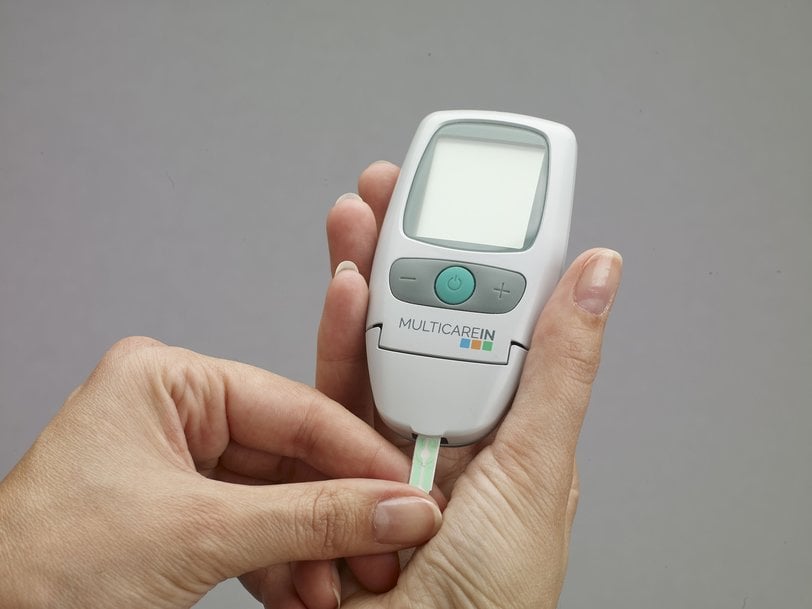www.industry-asia-pacific.com
17
'22
Written on Modified on
Why plastic push-pull connectors are ideal for remote patient monitoring
With the advancement of medical technology over the past 20 years, doctors can now deliver some healthcare services remotely while their patients remain in the comfort of their homes. From the LED display on a glucose monitor to the device’s electrical connector, every bit of this technology has been carefully crafted with reliability and safety in mind.

Here Angelo Meriggi, country sales manager at cable and connector specialist PEI-Genesis, explores the design requirements behind home healthcare medical connectors.
The pressure caused by the Coronavirus pandemic has created a space where remote treatment can thrive, meaning patients with disorders like diabetes and abnormal blood pressure can now receive reliable healthcare at home. Remote patient monitoring often frees up time for healthcare providers and their patients and protects vulnerable people from exposure to COVID-19.
A recent McKinsey report estimated that the uptake in remote patient monitoring using telecommunications could be up to 38 times higher than before March 2020. This growth has been made possible by advancements in medical device technology — in particular, the innovations in electrical connector designs.
Requirements for connectors at home
Traditionally, connectors used in healthcare have needed to be robust to withstand heavy handling, IP67-sealed to protect electrical components from water ingress, and EMI-shielded to ensure data transmission is successful. While these criteria are added bonuses for connectors used in home healthcare, patient requirements for connectors are different.
When using a medical device in a living room, be it for glucose testing or monitoring blood pressure, space is not always an option. Patients may already have restricted mobility due to their conditions, so devices with large footprints and complex wiring may be unsuitable.
Plastic push-pull connectors are often chosen for household medical devices because they are a cost-effective alternative to metal. Their small footprints make them ideal for portable or wearable medical devices, meaning patients are not inconvenienced by bulky, complex machinery.
Home devices also need to be able to be tolerate some rough handling. Patients carrying their devices around in a bag or pocket may cause wear-and-tear to the electrical components. Plastic is preferable to metal because if a connector is damaged, plastic connectors are easier to source and cheaper to replace.
Protecting internal components
To prevent damage to the connector and cable, LEMO Redel has been designing its plastic push-pull connector latching systems with outer-release sleeves. This ensures that the connection cannot be broken if an operator pulls on the cable. If the connector must be decoupled from the device in a hurry, the operator can simply pull on the outer release sleeve for quick-release action.
Protecting the interconnects and contacts is an important consideration when designing connectors for medical devices. This is because the connectors need to be a higher speed and density to support greater data acquisition and transfer. If the need for remote patient monitoring continues to increase, ensuring that the computing elements of the connector are safe and efficient will be vital.
Reliability and ease of use is a must for medical device connectors, regardless of whether they are used in a hospital or in a home. LEMO Redel plastic push-pull connectors are simple to operate and can be colour coded in line with the device to prevent accidental mismatching. The housing material can be sterilised without the risk of water ingress, which minimises the risk of harbouring bacteria.
Trust, above all else
Just like patients need to have trust in their doctor, medical device original equipment manufacturers (OEMs) must be able to trust that suppliers are equipping them with the right connectors. PEI-Genesis is meeting the increased demand for healthcare at home by cultivating relationships with manufacturers to combine flexibility, high performance and safety into simple ergonomic designs.
To learn more about the variety of brands and ranges of medical device connectors
www.peigenesis.com

